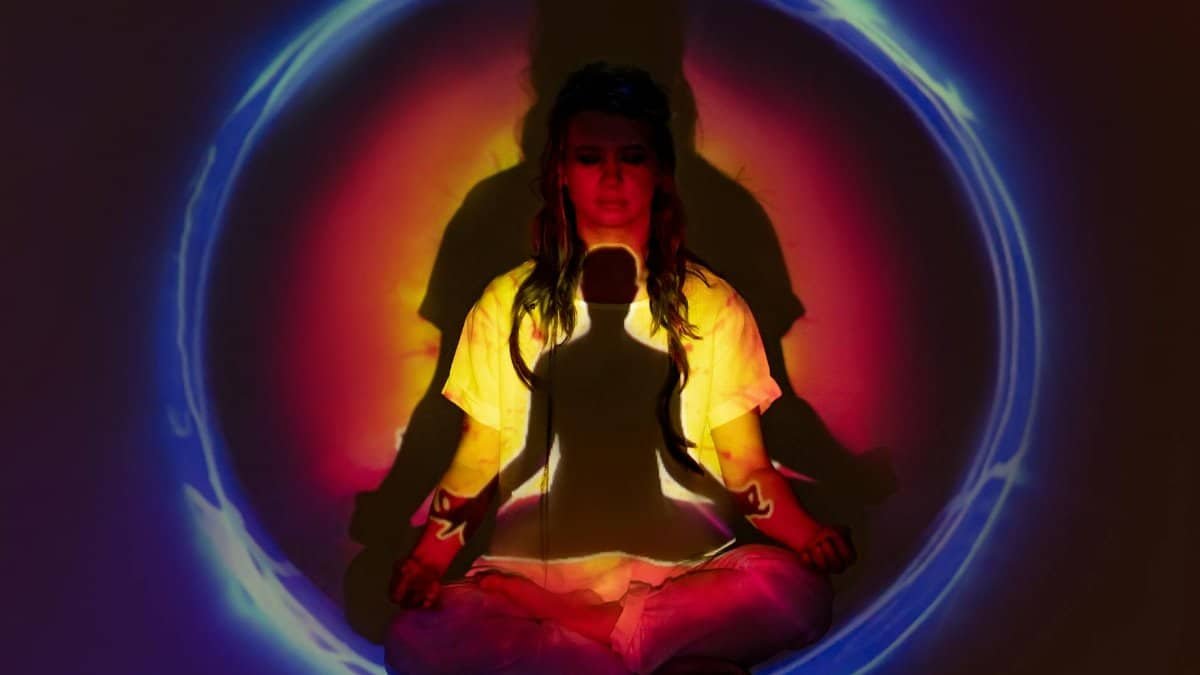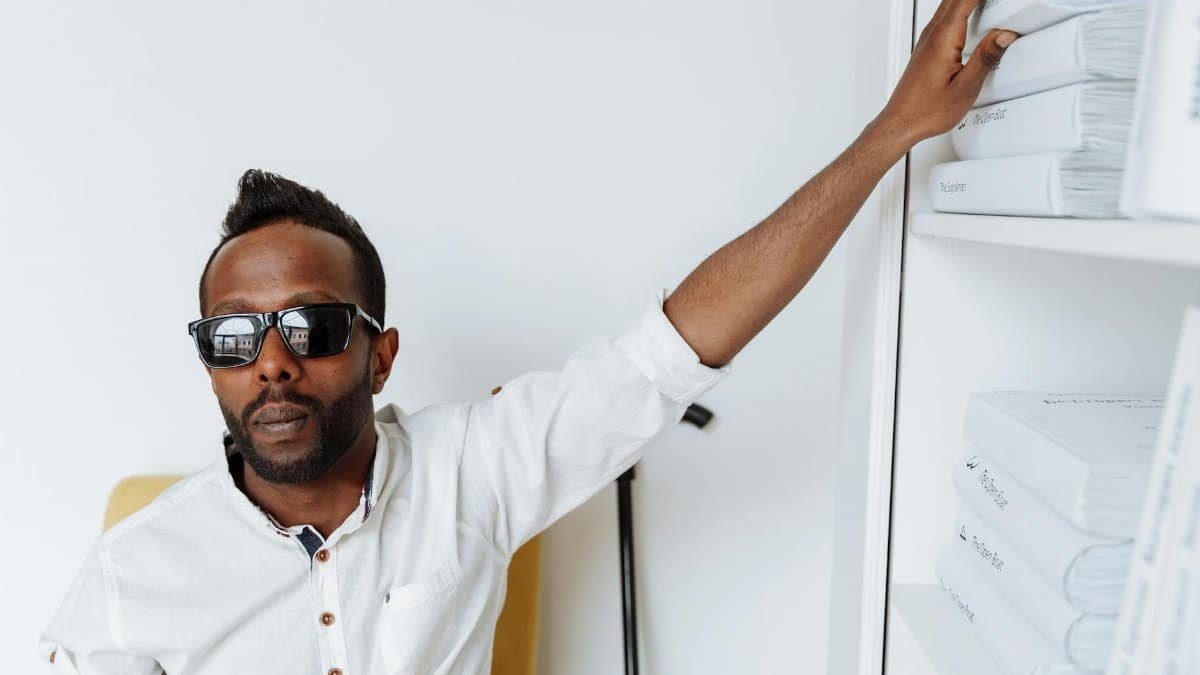New data shows that 68% of trauma survivors who practice yoga report significant reductions in PTSD symptoms, according to a recent study from the National Center for PTSD. This ancient practice, blending flexibility, energy, and movement, is gaining traction as a powerful tool for healing deep emotional wounds. In cities like Indianapolis, where stress and trauma affect daily life, yoga studios are seeing a surge in participants seeking balance and relief. But why is yoga emerging as a go-to method for recovery? Experts say it’s more than just stretching—it’s a holistic approach that rewires the brain and body.
The Science Behind Yoga’s Healing Power

Yoga isn’t just a workout; it’s backed by solid research showing its impact on trauma recovery. Studies indicate that regular practice lowers cortisol levels, the stress hormone that keeps trauma victims in fight-or-flight mode. By incorporating poses that enhance flexibility and controlled breathing that channels energy, yoga helps regulate the nervous system. A 2023 review in the Journal of Traumatic Stress found that yoga participants experienced fewer nightmares and improved sleep quality. This makes it a practical option for those dealing with past abuses or accidents, offering a non-pharmaceutical path to wellness.
How Flexibility Plays a Key Role in Trauma Release

Trauma often manifests physically as tightness in the body, like clenched muscles holding onto pain. Yoga’s emphasis on flexibility helps release these tensions. Poses like child’s pose or forward bends gently stretch the hips and spine, areas where emotional stress commonly lodges. Therapists note that as the body gains flexibility, the mind follows, allowing suppressed memories to surface and heal. In Indianapolis, local yoga instructors report clients feeling “lighter” after sessions, with improved posture symbolizing emotional unburdening.
Energizing the Body to Combat Fatigue

Chronic fatigue plagues many trauma survivors, draining their vitality. Yoga counters this by boosting energy through dynamic sequences that get blood flowing. Practices like sun salutations combine movement with breathwork, increasing oxygen intake and endorphin release. A study from Harvard Medical School highlights how such routines enhance mitochondrial function, essentially recharging cellular batteries. Participants often describe a renewed sense of vigor, helping them tackle daily tasks without the exhaustion that once overwhelmed them.
Movement as a Path to Emotional Freedom

Movement in yoga isn’t random; it’s intentional, fostering a mind-body connection crucial for trauma healing. Flowing from one pose to another helps break cycles of dissociation, grounding individuals in the present. Experts from the Trauma Center at Justice Resource Institute explain that this rhythmic motion mimics the body’s natural healing processes, reducing hypervigilance. For many, it’s the first time they feel in control of their bodies since the trauma, leading to profound emotional breakthroughs.
Real Stories from Indianapolis Practitioners

In Indianapolis, yoga is making waves in community healing circles. Take Lisa M., a 42-year-old survivor of domestic violence, who says, “Yoga gave me back my power. The flexibility and movement helped me release years of pent-up anger.” Local studios like Yoga Indy have tailored programs for trauma, blending gentle flows with mindfulness. These anecdotes align with broader U.S. trends, where yoga participation has risen 15% in the past year, per the Yoga Journal’s 2024 survey.
Challenges and Considerations for Beginners

Starting yoga for trauma isn’t without hurdles. Some may face triggers during certain poses, stirring up old memories. Experts recommend trauma-informed classes, where instructors are trained to create safe spaces. Accessibility is another issue; not everyone can afford studio fees, but free online resources abound. The key is starting slow, focusing on breath over perfection, to build resilience without overwhelm.
Integrating Yoga into Daily Life

Making yoga a habit doesn’t require hours in a studio. Simple routines, like 10-minute morning stretches, can incorporate flexibility, energy, and movement into busy schedules. Apps and YouTube channels offer guided sessions tailored for trauma. In 2025, with rising mental health awareness, incorporating yoga could become as routine as brushing teeth, helping individuals maintain long-term well-being amid life’s stresses.
Expert Opinions on Yoga’s Future in Therapy

Psychologists are increasingly endorsing yoga as complementary therapy. Dr. Bessel van der Kolk, author of “The Body Keeps the Score,” argues that body-based practices like yoga are essential for trauma recovery, often more effective than talk therapy alone. Research from the National Center for PTSD supports this, showing combined approaches yield better outcomes. As more therapists integrate it, yoga could redefine standard care protocols.
Comparing Yoga to Other Healing Methods

While therapy and medication remain staples, yoga stands out for its accessibility and low cost. Unlike EMDR or CBT, which require professionals, yoga can be self-paced. A comparative study in the American Journal of Psychiatry found yoga as effective as antidepressants for mild PTSD cases. However, it’s not a cure-all; combining it with professional help maximizes benefits, especially for severe trauma.
Resources for Getting Started

Ready to try? Check out the Yoga Alliance for certified instructors. Books like “Overcoming Trauma through Yoga” provide insights, and local Indianapolis groups offer free trials. Remember, consistency is key—aim for three sessions a week to see changes in flexibility, energy, and movement that foster healing.
